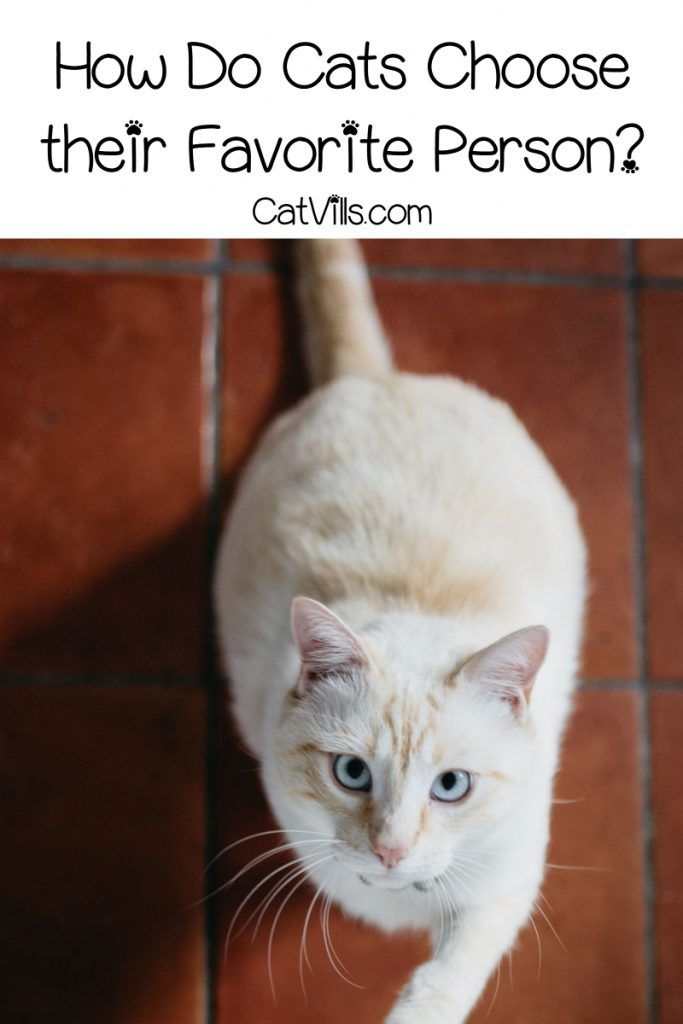Views: 23
Discover the fascinating factors that influence a cat’s choice of their favorite person. Learn how feline bonding, behavior, and individual preferences play a role in forming strong connections with their human companions.
Have you ever wondered why your cat seems to have a special bond with a particular person? It’s not uncommon for cats to display preferences and develop strong attachments to specific individuals. While each cat has its unique personality, there are several factors that can influence a cat’s choice of their favorite person. Understanding these factors can deepen your understanding of your feline friend and strengthen the bond you share. Let’s explore how cats choose their favorite person.
Table of Contents
- Feline Bonding
- Trust and Comfort
- Positive Associations
- Personality Match
- Time and Attention
- Understanding Body Language
- Conclusion
Feline Bonding
Cats are known for their independent nature, but they also form strong bonds with their human companions. Feline bonding is influenced by various factors:
- Early experiences: Cats that have positive interactions and experiences with humans during their early socialization period (between 2-7 weeks of age) are more likely to form strong bonds with people.
- Attention and affection: Regularly spending quality time with your cat, providing attention, affection, and engaging in interactive play can strengthen the bond between you.
- Respect for boundaries: Respecting your cat’s personal space and not forcing interactions can help build trust and create a positive bond.
Trust and Comfort
Cats are naturally cautious creatures and rely on trust to form strong connections. Factors that contribute to a cat’s trust and comfort include:
- Consistency and routine: Cats appreciate a stable environment with consistent daily routines. Establishing a predictable schedule can help your cat feel secure and build trust.
- Gentle and respectful handling: Handling your cat with care, avoiding rough play, and providing a calm and safe environment contribute to their overall comfort and trust.
- Safe spaces: Cats need access to hideouts and elevated spaces where they can retreat and feel secure. Providing cozy hiding spots and vertical spaces allows them to feel more comfortable and in control.
Positive Associations
Cats form associations with people based on their experiences and the emotions associated with those experiences. Positive associations can contribute to a cat’s preference for a particular person:
- Reward-based interactions: Cats are more likely to develop a fondness for someone who provides them with pleasant experiences, such as play sessions, treats, and gentle petting.
- Feeding and care giving: Cats often develop strong bonds with those who provide them with food, grooming, and other daily care. These routine care giving activities can create positive associations.
- Environmental enrichment: Creating a stimulating and enriching environment with toys, scratching posts, and interactive activities can help foster positive associations with a particular person.
Personality Match
Just like humans, cats have unique personalities. A cat may be drawn to a person whose personality aligns with their own:
- Energy levels: Cats with high energy may be more attracted to individuals who engage in active play, while calmer cats may prefer someone who provides a quieter and more relaxed environment.
- Temperament: Some cats are more social and outgoing, while others are more reserved. Cats may choose someone who understands and respects their individual temperament.
Time and Attention
Investing time and attention in your cat’s well-being and social interaction is crucial for building a strong bond:
- Regular quality time: Spending dedicated one-on-one time with your cat, engaging in activities they enjoy, and providing undivided attention can strengthen the bond between you.
- Active communication: Cats communicate through body language and vocalizations. Paying attention to their cues and responding appropriately helps build trust and understanding.
- Patience and persistence: Building a strong bond takes time and effort. Patience, consistency, and a willingness to understand your cat’s unique needs and preferences are key.
Understanding Body Language
Cats communicate their preferences and emotions through body language. Understanding their signals can help you better connect with your cat:
- Tail position and movement: A relaxed and upright tail indicates a content and friendly cat, while a low or tucked tail may signal fear or discomfort.
- Ear position: Forward-facing ears generally indicate a calm and interested cat, while flattened or backward ears can suggest agitation or fear.
- Eye contact: Slow blinking and soft eye contact are signs of trust and affection, while prolonged direct staring may be seen as a threat.
- Body posture: A relaxed and open body posture, with no signs of tension or stiffness, indicates a comfortable and content cat.
Conclusion
The factors that influence a cat’s choice of their favorite person are a combination of feline bonding, trust, positive associations, personality match, and the time and attention invested in their care. By understanding and respecting your cat’s individual preferences and needs, you can foster a strong and loving bond. Remember to be patient, provide a secure and enriching environment, and enjoy the journey of deepening your connection with your feline companion.


